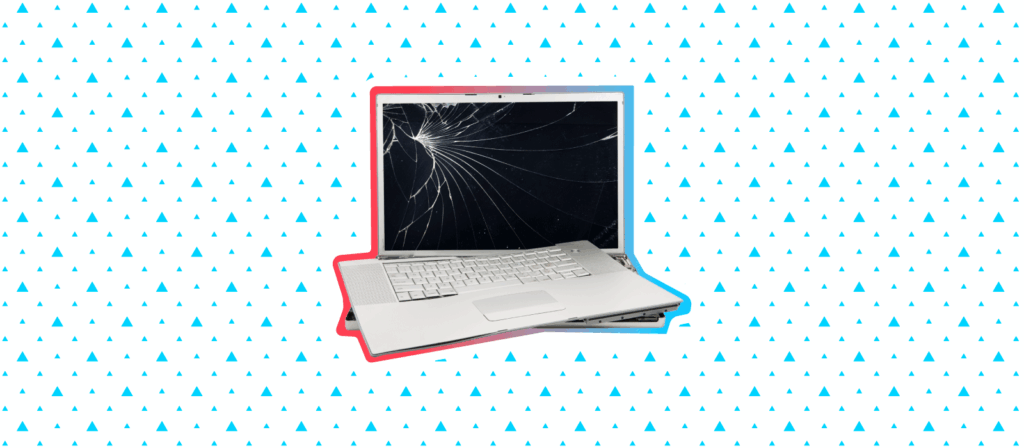The history of facility management and its evolution has been drastic of the last few years. With the way people work and communicate changing over time, in addition to the introduction of new workplace technology, facilities management software adapted to match the needs of workplace professionals.
These days, FM software helps facilities teams work smarter by giving them the tools to have a pulse on the properties they manage from top to bottom. From improving space management and allocation to tracking company assets like hardware, furniture, and equipment, facilities management software has become an essential tool for the industry.
If you’ve ever wondered how FM software became the sophisticated technology it is today, you’ve come to the right place.
This article explores the history of facility management and the evolution of FM software, the benefits and potential drawbacks of each stage, and how this technology is only getting better for organizations.

The past workplace was revolutionized by the origins of FM software
It’s important to understand the the history of facility management and the origins of this technology to appreciate how far it’s come. Some of the earliest versions of FM software is CAFM, or computer-aided facility management software— a platform that streamlines facilities management and maintenance.
CAFM: Computer-aided FM software
Computer-aided FM software may sound like an all-encompassing tool; its primary capabilities lie with administrative tasks like people and asset management. CAFM software, for the most part, keeps track of administrative data.
CAFM offers several benefits such as:
- Simplifying the tracking and managing of people and office equipment
- Digitizing traditional data-keeping methods like pen-and-paper and spreadsheets
While these benefits are important, there are some notable drawbacks, like:
- The inability to pull datasets from other tools or sources, making it more siloed
- Customization is required; therefore, if you aren’t sure what you need, it can be challenging to use CAFM to its full potential
Another early facilities management software is EAM, which evolved from CAFM. EAM, or enterprise asset management, is software to track company assets, like computers and furniture.
EAM: Enterprise asset management
Unlike other facilities management software, EAM tracks company assets from the purchase/procurement date to the disposal date. EAM also does not track large mechanical equipment.
This kind of software is useful for understanding quantities of certain assets at any given time, which can be especially helpful before a move. What’s more, EAM software can be used by other departments to track assets. For example, the accounting department could use EAM software to understand the costs and expenses of different company assets for forecasting and budgeting purposes.
In other words, the most significant benefit of EAM software is that it streamlines the management of your company assets. This can come in handy if your facilities team is managing multiple properties.
When comparing EAM and CAFM, there is some overlap between the two types of software—primarily in asset management. Both EAM and CAFM were revolutionary in modernizing facility management as a whole. These programs digitized how facility managers track and manage company property and employees. This paved the way for new, more integrated technology.

The present-day workplace relies on the newest FM software for optimization, planning, and forecasting
As technology has evolved and we look back at the history of facility management, it’s interesting to see what’s changed. CAFM and EAM software have evolved into what’s known in the facility management world as an integrated workplace management system (IWMS).
IWMS is essentially a combination of previous FM software but with an added boost. This kind of FM software makes managing space, equipment, and employees much easier and more efficient than other programs.
What’s more, technology like the Internet of Things (IoT), artificial intelligence (AI), and smart sensors have made their way into IWMS software. This has given it a unique edge over previous software.
There are several actions IWMS software can help facilities teams with, including:
Resource location and management
IWMS keeps track of important company assets like equipment, furniture, and other hardware. It can also help employees find whatever or whomever they need, like printers, open desks, or other employees.
Request management
Monitoring employee requests is much more streamlined with IWMS. Employees can quickly submit work orders and attach images that add further context to whatever issue they’re reporting.
Space visibility and optimization
No matter the size of your space, it can be challenging to really understand how your space is used by the naked eye.
IWMS software helps you understand how employees are currently using your space, where improvements can be made, and can even provide forecasting data. This helps determine when you’ll outgrow your space as your company grows. This tool is especially helpful if you manage multiple properties.
Move logistics and planning
Moves are a large undertaking. IWMS software helps you maximize your time, understand how best to approach the move, and keep employees informed.
Data and analytics tracking
Making smarter decisions starts with data. Without it, making choices or plans for your space and organization as a whole will be more difficult. IWMS software keeps a pulse on everything you need to monitor, like occupancy, your seating chart, budget, and more.
In addition, IWMS software is great for departments outside the facilities team. It can help with work actions like:
- Booking desks and meeting rooms
- Locating colleagues
- Finding office resources
- Learning and accessing the layout of the office
IWMS software is a solution that combines all the best features of previous workplace software into one program. It offers improved connectivity and communication between other datasets and software. Ideally, facility managers have everything they need in one place. Best of all, it’s scalable to fit any size of office.

The future workplace can leverage FM software to embrace hybrid work
The pandemic has accelerated the changes brewing in the modern workplace. With many companies adopting a hybrid work model, the way facilities teams use IWMS software and other workplace technology has altered, especially when taking a close look at the history of facility management.
For example, companies are adopting office neighborhoods and shift work, reconfiguring their space for physical distancing, and reallocating departments. They need software to help them do this quickly and efficiently. IWMS software provides resources and tools for facility managers to build the best work environment and experience possible for their organization.
So why has the hybrid work model made such a big splash in the facilities world?
The hybrid workplace is a work environment that has flexibility at its core. There are several benefits to this revolutionary work style, including:
- Increased productivity
- Enhanced connectivity
- Improved health and safety precautions
- Happier employees
Now, facility managers are using IWMS software that includes features to foster these benefits through the vein of a hybrid workplace.
For example, if your company is planning to introduce neighborhoods, an effective IWMS platform can help meet the demands of hybrid work head-on.

Improve your facilities management with IWMS software
FM software has evolved with the times and changing technology. The facility planning and managing systems, which the industry is familiar with are built on the software that came before it. This makes for a better, more integrated tool.
As the world shifts to a hybrid workplace, it will be crucial for facilities teams to use a solution to help plan for this. It is essential that teams are able to effectively connect, be productive, but most importantly, be engaged and happy.
Ready to level up your facilities planning software? Learn more about how OfficeSpace can help you elevate your workplace.
Photos: Andrea Piacquadio, Karolina Grabowska, Christina Morillo, LinkedIn Sales Solutions, Thought Catalog




